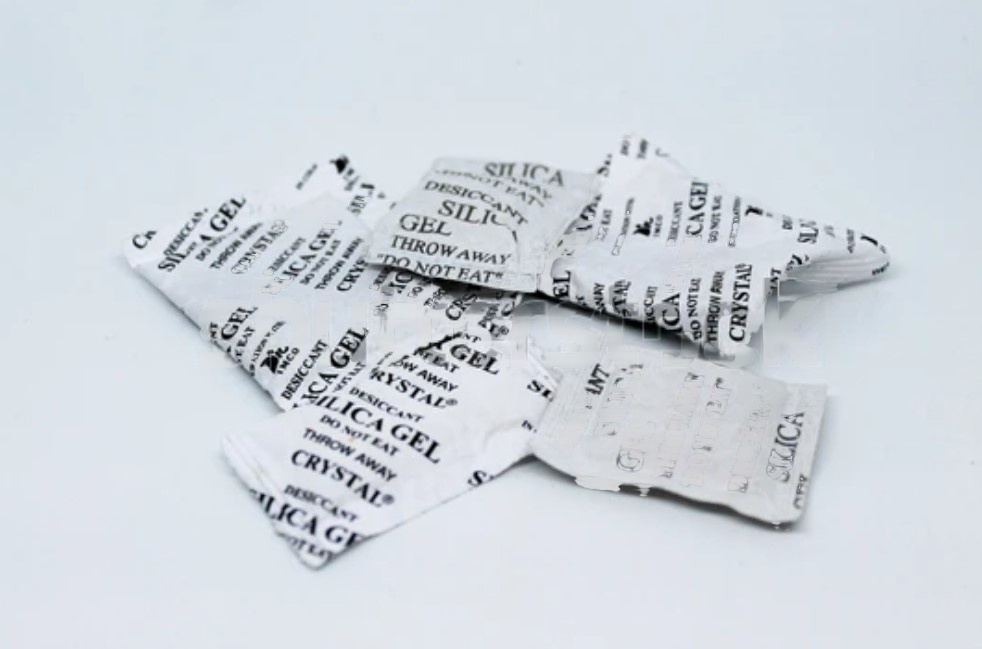Moisture control is a critical aspect of food preservation and storage, especially in industries where maintaining product quality is paramount. From preventing spoilage to preserving flavor and texture, effective moisture management is key. In this guide, we'll explore the use of food moisture absorbers and dehumidifying desiccant ovens, shedding light on their importance and how to utilize them effectively.
Food Moisture Absorbers: Preserving Freshness and Quality
Food moisture absorbers, also known as desiccants, are indispensable tools in the battle against moisture-related issues such as mold growth, staleness, and texture degradation. These small packets contain absorbent materials like silica gel or activated carbon, which attract and trap excess moisture from the surrounding environment.
When properly employed, food moisture absorbers can extend the shelf life of packaged goods by maintaining optimal humidity levels. Whether you're storing grains, spices, or baked goods, incorporating moisture absorbers into your packaging can help preserve freshness and quality over time.

How to Use Food Moisture Absorbers Effectively:
- Choose the Right Type: Select a moisture absorber that is suitable for your specific packaging needs. Silica gel packets are commonly used for food products due to their high absorption capacity and food-grade safety.
- Proper Placement: Place the moisture absorber packets strategically within the packaging to ensure maximum efficacy. Distribute them evenly throughout the container, especially in areas prone to moisture buildup.
- Monitor and Replace: Regularly monitor the condition of your packaged goods and replace moisture absorbers as needed. Over time, the packets will reach their absorption capacity and become less effective.
Dehumidifying Desiccant Ovens: Precision Drying for Enhanced Quality
In industrial settings where large quantities of food products are processed, dehumidifying desiccant ovens play a crucial role in moisture removal and product preservation. These specialized ovens utilize desiccant materials and precise temperature control to dehumidify the air within the chamber, effectively drying food products while preserving their quality.
How to Dehumidify with Desiccant Ovens:
- Preheat the Oven: Before loading your food products into the oven, preheat it to the desired temperature. This ensures uniform drying and prevents moisture condensation.
- Proper Loading: Arrange your food products evenly on trays or racks, ensuring proper airflow between them. Avoid overcrowding, as this can hinder the drying process.
- Set the Parameters: Adjust the temperature and humidity settings on the oven according to the specific requirements of your food products. Precision control is essential for achieving optimal results.
- Monitor Progress: Regularly monitor the drying progress to ensure that the desired moisture content is reached. Depending on the type of food and the desired level of dryness, drying times may vary.
- Cooling and Packaging: Once the drying process is complete, allow the food products to cool before packaging them. Proper packaging is essential for maintaining the integrity and freshness of the dried goods.

In conclusion, mastering food moisture control is essential for preserving the freshness, flavor, and quality of food products. By incorporating food moisture absorbers into packaging and utilizing dehumidifying desiccant ovens for industrial drying processes, producers can ensure superior product quality and extended shelf life. With proper implementation and monitoring, these moisture management techniques can make a significant difference in the success of food preservation efforts.


No comments yet